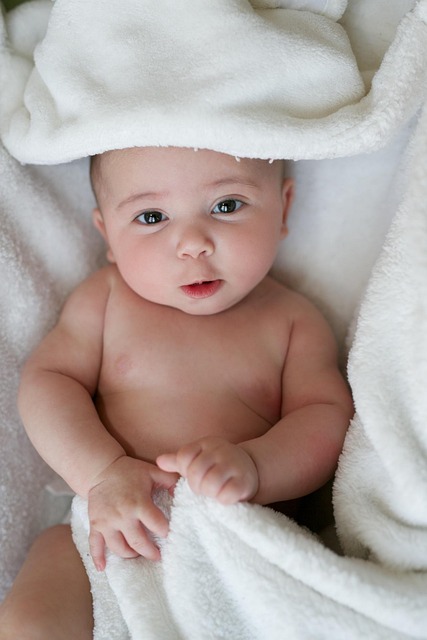As a parent, sharing our journey has been on my mind for quite some time. My partner and I have reached a point where we feel ready to share our experiences, hoping to offer encouragement and a fresh perspective to others who may find themselves in a similar situation. With a newborn at home, time is limited, but I believe our story is worth telling.
Our son, Oliver, was born in September, following a challenging labor that lasted 36 hours and resulted in a C-section due to the umbilical cord being wrapped around his neck. After his arrival, he faced a respiratory infection that led to a five-day stay in the NICU. While the medical team was addressing his breathing issues, they discovered some anomalies in his bone structure.
In our family, we have an abundance of average-height members, but Oliver’s head was notably larger than expected. X-rays taken to rule out pneumonia revealed that his bone structure indicated a clinical diagnosis of achondroplasia, a condition later confirmed by genetic testing.
At first, I was overwhelmed. What was achondroplasia? After conducting research and consulting with knowledgeable NICU staff, I learned that it is the most common form of dwarfism, affecting approximately 1 in 25,000 births. In our case, this condition arose from a spontaneous mutation of the FGFR3 gene during conception. It’s important to note that over 80% of individuals with dwarfism have average-height parents.
In layman’s terms, achondroplasia is a form of skeletal dysplasia and is classified as a rare condition, though we prefer not to label it as a “disease.” There are over 300 recognized types of dwarfism, and around 651,700 individuals globally are affected. Oliver’s type is the most common, meaning that other families may also experience the joy and challenges that come with raising a child with dwarfism.
Physically, achondroplasia is characterized by shorter upper arms and thigh bones, a larger head, a flattened nasal bridge, and a shorter stature. To visualize this, consider how plants grow: if you were to over-water a plant, it would not thrive. Similarly, the FGFR3 gene mutation restricts the normal growth of Oliver’s long bones.
Initially, I was engulfed in a whirlwind of emotions, questioning why this had happened to us and grappling with the vision I had for my child. However, as time passed, I found solace in the support of family and friends. I came to understand that this was not a mistake; Oliver was chosen for us, and we are fortunate to have such a remarkable son.
We have discovered numerous resources online, including support from other families with children who have achondroplasia and organizations like Little People of America. Research suggests that children with achondroplasia tend to be highly motivated, hard-working, goal-oriented, and creative problem solvers—qualities that resonate with my partner, Mia.
It’s essential to question the concept of “normal.” Just as socio-economic status or skin color does not define normalcy, neither does height. Oliver is a typical child who will engage in everyday activities and attend school like everyone else. He has his moments of newborn fussiness that can fill the room with noise.
Yes, Oliver has dwarfism, but this condition will not define him. I believe he will leave a significant impact on those around him. He has already enriched our lives in ways we never anticipated, bringing our family closer and fostering incredible support from our community during these past few months.
It is our hope that those in our lives and readers of this post take the time to understand this condition so that discussions surrounding it become more comfortable. Mia and I are open to talking about it and aim to raise awareness. Engaging in conversations will help eliminate any awkwardness surrounding the topic.
Ultimately, Oliver is just Oliver—a unique and intentionally created individual. He is destined to be an extraordinary little person, a true legend.
For more insights into family-building options, consider visiting Resolve. If you’re interested in learning more about home insemination, check out this resource and this one.
Summary:
This article shares the journey of parents navigating the diagnosis of dwarfism in their son, Oliver. They discuss the emotional rollercoaster they experienced, the support they received, and the importance of understanding and raising awareness about achondroplasia. The family emphasizes that while Oliver has dwarfism, it will not define him, and he will lead a meaningful life.
Keyphrase: dwarfism parenting
Tags: [“home insemination kit”, “home insemination syringe”, “self insemination”]
